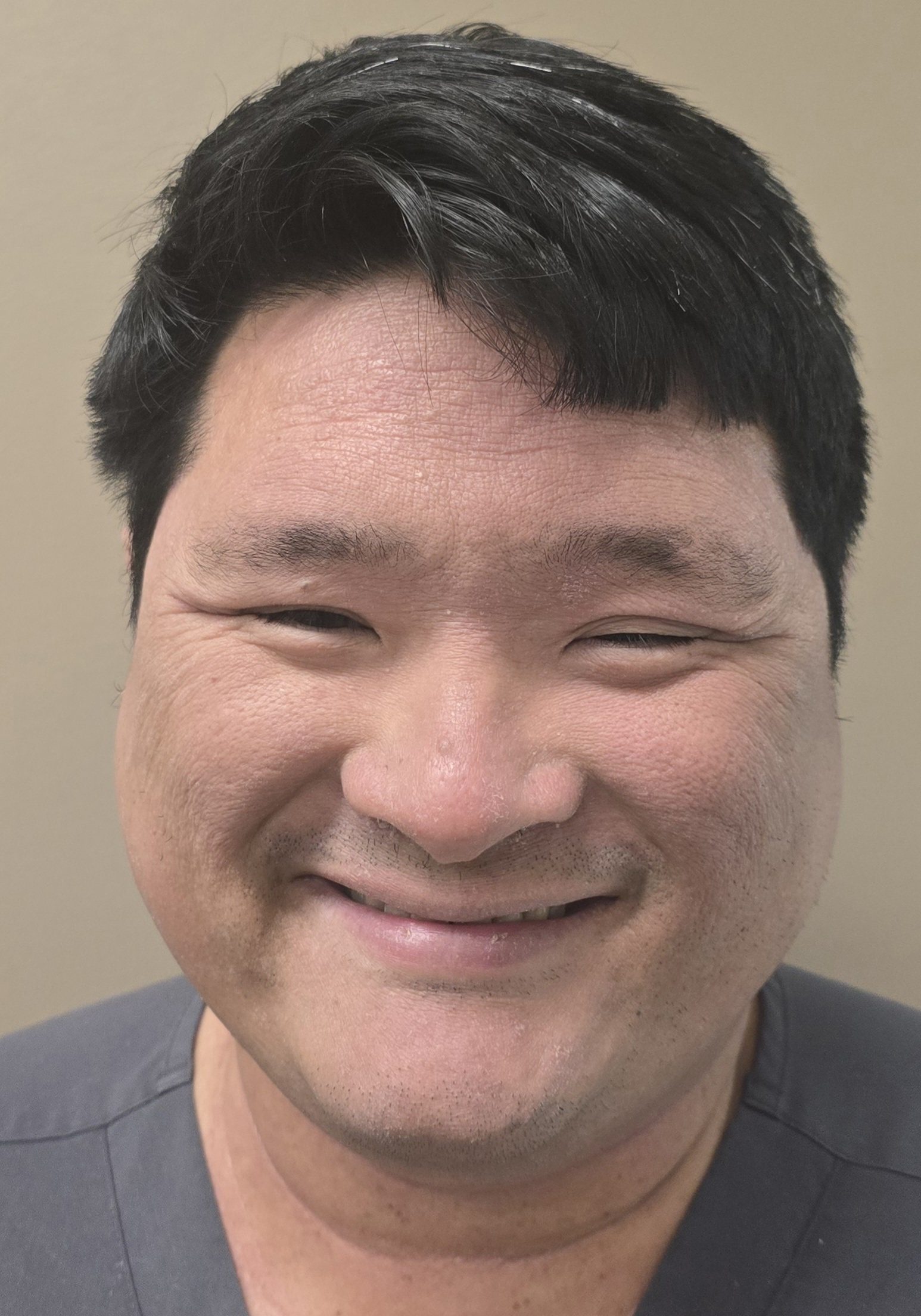LEVEL OF CARELEVEL OF CARE
Protective Approach
Children with mild or no trauma-related symptoms and minimal functional impairment may not require formal intervention after experiencing a potentially distressing event. However, they could benefit from learning a simple coping technique to manage occasional distress (brief in-office support). In these cases, it is important to offer continued encouragement and monitor for any emerging symptoms that may develop over time. Additionally, providing caregivers and children with guidance on traumatic stress can help them recognize and respond to any future concerns.
No PTSD/Loss Symptoms, Optimal Self-Regulation Flexibility and Function, Optimal Socioeconomic Repertoire and Psychosocial Characteristics:
Individuals in this category show no significant symptoms of trauma or bereavement. They are well-prepared for potential future stressors and disasters through psychoeducational programs that enhance their resilience and coping skills.
Mild PTSD or Loss Symptoms, Reduced Self-Regulation Flexibility and Function, Reduced Socioeconomic Repertoire and Psychosocial Characteristics:
These individuals exhibit mild symptoms that may not significantly impair their daily functioning. They receive support and resources to manage their symptoms and prevent escalation.
Example scenario
Name: Maya Martinez
Age: 15
Maya was in a minor car accident with her mom a few months ago. While it was a frightening experience at the time, neither of them was seriously injured. With the support of her family, she was able to process the event and move forward. She still feels a little nervous in heavy traffic but hasn’t developed long-term anxiety. She continues to thrive in school, play on the volleyball team, and hang out with friends without major disruptions to her life. She attends a supportive high school and has a close group of friends who check in on her. While she feels moments of anxiety and sadness, she can process her emotions and continue her daily life. Maya’s ability to self-regulate is strong—she talks to her mom when she feels down, writes in her journal, and continues her routine. Whenever she feels anxious about being in a car, she uses breathing exercises and positive self-talk. Her family reassures her and makes her feel safe, and she openly discusses the experience with them. She has a strong support system of family and friends, and she engages in conversations about her grief rather than avoiding it. She can still focus on school and extracurricular activities. The loss has impacted her, but she has maintained her emotional balance and is able to function normally in all aspects of her life.

*Social Interaction and Social Economic Profile of Youth and Caregiver for optimal identification of mental health well being and response to treatment will be assessed by our team
Maya shows no symptoms of PTSD and grief and her functional level has not been impaired to any degree as she is still able to function and engage in her everyday activities. Her self regulation flexibility along with her social interaction/economic are also at an optimal level and therefore she would be assigned to the Protective Approach.









